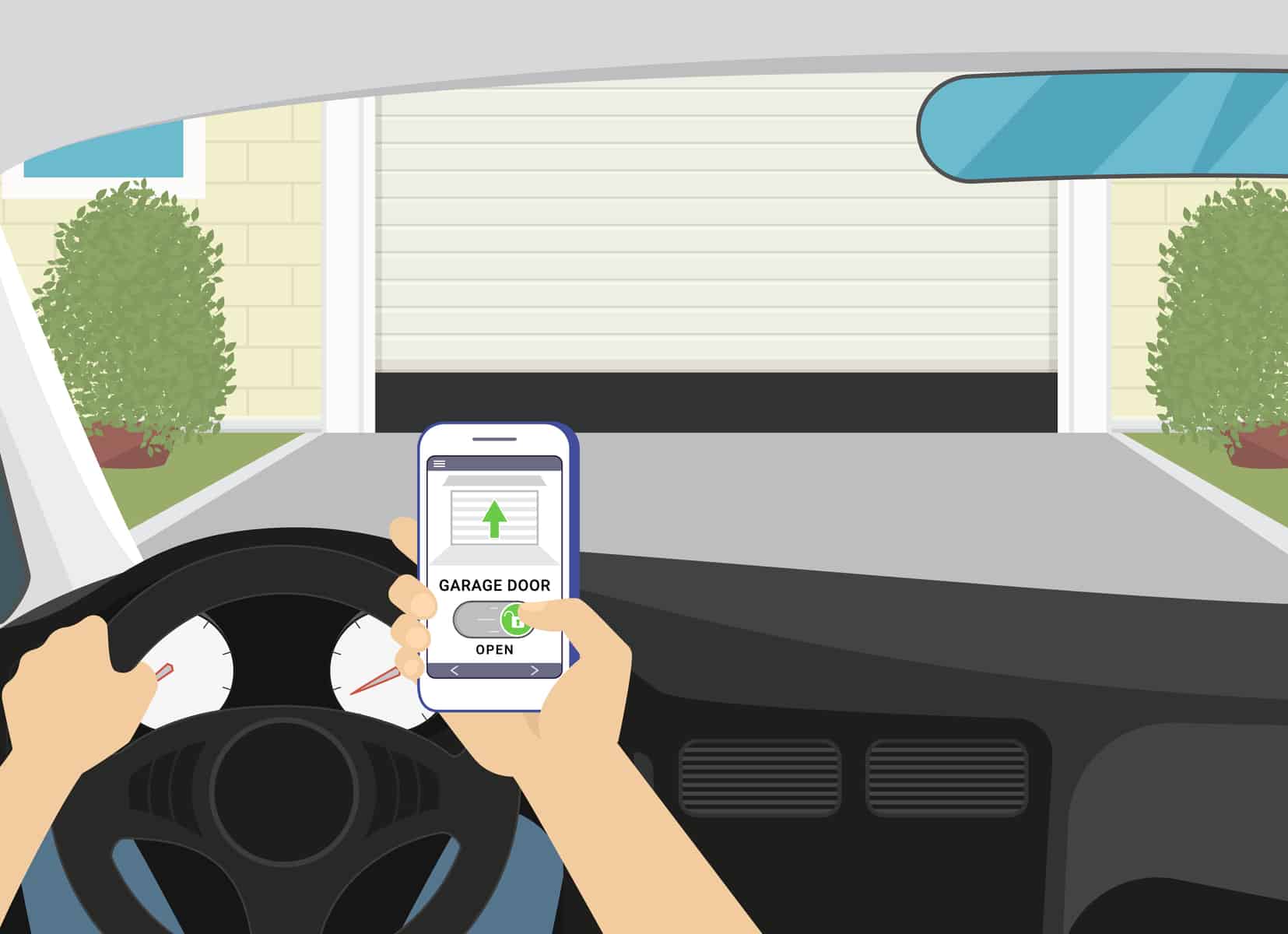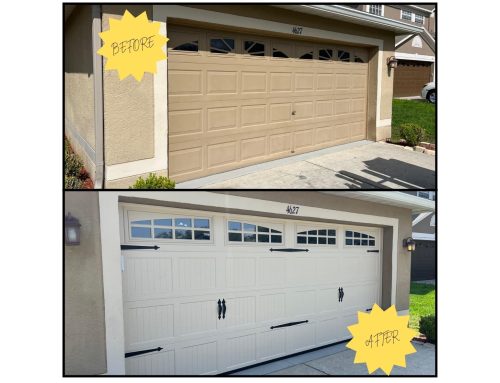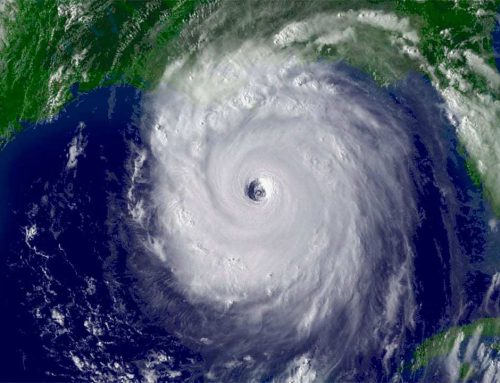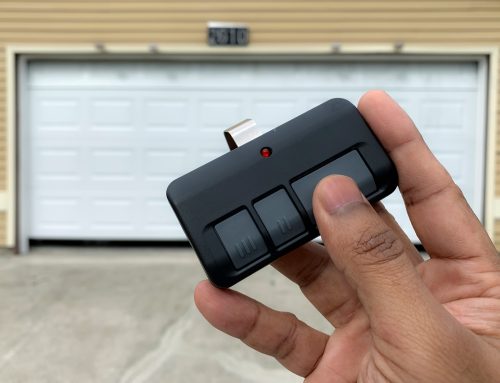What to Do If Your Garage Door Remote Stops Working
A malfunctioning garage door remote can be a major inconvenience, especially when you’re in a rush. However, before you panic, there are several steps you can take to troubleshoot and potentially fix the issue. Here’s a guide to help you get your garage door remote working again.
1. Check the Batteries
The most common reason a garage door remote stops working is dead or weak batteries. Here’s how to check and replace them:
Open the remote: Most remotes have a small compartment that can be opened with a coin or screwdriver.
Replace the batteries: Use the same type of batteries as the original ones. Be sure to insert them correctly, matching the positive and negative ends to the symbols in the compartment.
Test the remote: After replacing the batteries, try using the remote to see if it works.
2. Ensure the Remote Is in Range
Garage door remotes typically have a limited range. If you’re too far away from the garage door opener, the remote might not work. Try standing closer to the garage door and press the button again.
3. Reprogram the Remote
Sometimes, the remote can lose its connection to the garage door opener. Reprogramming the remote might solve the problem. Here’s a general guide:
Locate the “Learn” button: This button is usually found on the back or side of the garage door opener unit.
Press and hold the “Learn” button: Hold it until the indicator light begins to blink.
Press the remote button: While the indicator light is blinking, press the button on your remote. The light should stop blinking, indicating the remote is reprogrammed.
4. Check for Interference
Electronic devices and physical obstructions can interfere with the signal between your remote and the garage door opener. Here are some steps to troubleshoot interference:
Move potential sources of interference: Devices like LED lights, Wi-Fi routers, or other electronics can disrupt the signal. Try moving these away from the garage door opener.
Remove physical obstructions: Ensure there are no large metal objects or walls between the remote and the opener that could block the signal.
5. Inspect the Remote for Damage
Physical damage to the remote can cause it to stop working. Check for signs of wear and tear, such as:
Cracks or broken parts: If the casing or buttons are damaged, the remote might not function properly.
Water damage: If the remote has been exposed to water, it might be permanently damaged.
If you find any significant damage, it might be time to replace the remote.
6. Check the Garage Door Opener Unit
If the remote still doesn’t work, the problem might be with the garage door opener unit itself. Here’s what to check:
Power supply: Ensure the opener unit is plugged in and receiving power. Check the outlet and circuit breaker.
Antenna: The opener unit typically has an antenna that receives the remote signal. Make sure it’s hanging down and not damaged.
Manual operation: Try operating the garage door using the wall-mounted control panel. If the door doesn’t respond, the issue might be with the opener unit.
7. Contact a Professional
If none of the above steps resolve the issue, it might be time to contact a professional garage door technician. They can diagnose and fix more complex problems that you might not be able to handle on your own.
A non-working garage door remote can be frustrating, but with a bit of troubleshooting, you can often resolve the issue yourself. By following these steps, you’ll likely get your remote working again and ensure your garage door operates smoothly. If all else fails, don’t hesitate to seek professional help to avoid further complications.






